Survival Essentials for Remote & Wilderness Fishing Spots
For many anglers, the allure of pristine wilderness fishing spots is irresistible. Far from crowded shores and well-trodden paths, these remote locations offer spectacular fishing experiences and a profound connection with nature. However, venturing into isolated areas comes with significant responsibilities and risks. Being unprepared in wilderness settings can quickly transform an idyllic fishing trip into a dangerous survival situation. This comprehensive guide covers the essential knowledge, skills, and equipment needed to safely enjoy remote fishing adventures while being prepared for unexpected challenges that wilderness environments may present.
Understanding the Risks of Remote Fishing
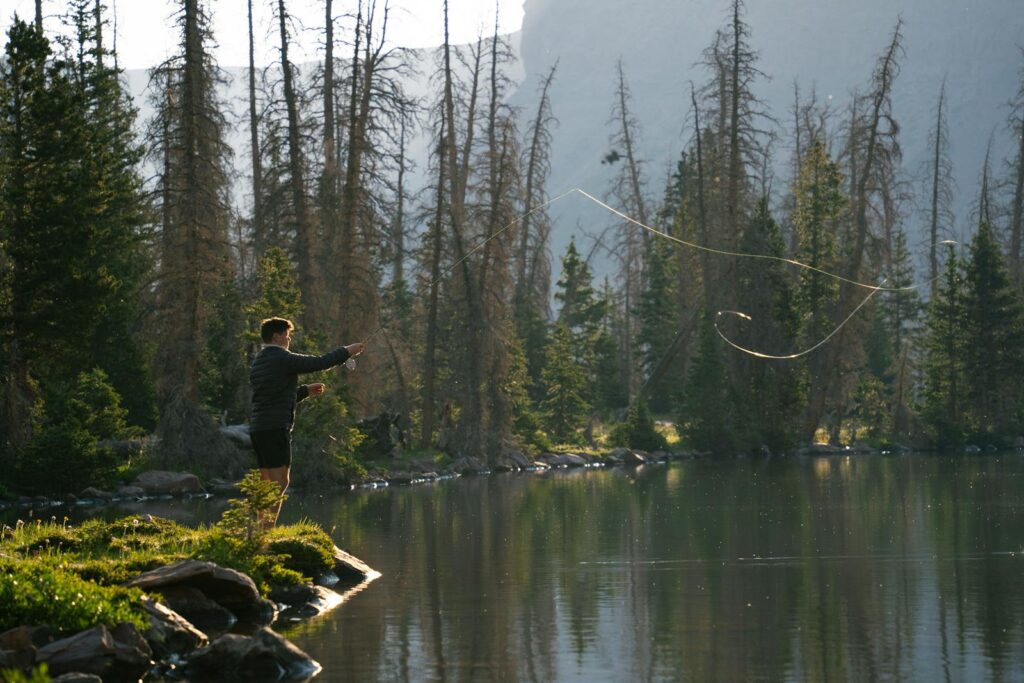
Remote fishing locations present unique challenges that require thorough preparation and respect for the wilderness. Unlike developed fishing spots, these areas typically lack immediate access to emergency services, with rescue potentially hours or even days away. Weather conditions can change rapidly in wilderness settings, bringing unexpected storms, temperature drops, or dangerous water conditions with little warning. Additionally, wildlife encounters—from bears and mountain lions to venomous snakes and insects—represent real concerns that anglers must be prepared to handle.
Perhaps most critically, cellular coverage is often nonexistent in truly remote areas, meaning traditional communication methods cannot be relied upon in emergencies.
Pre-Trip Research and Planning
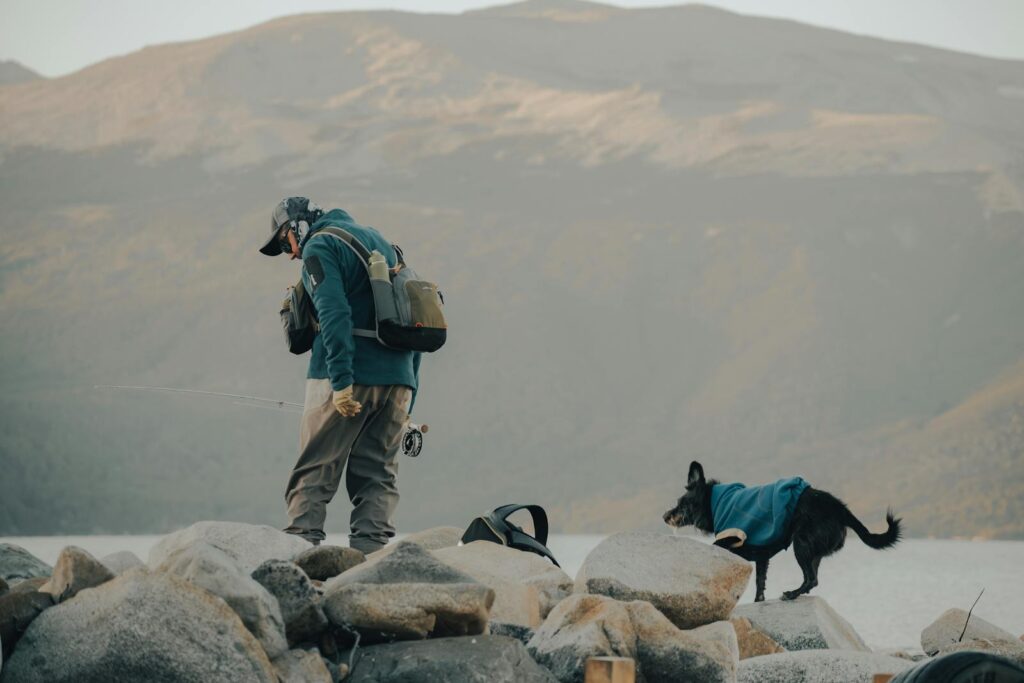
Thorough research and planning form the foundation of any safe wilderness fishing expedition. Study detailed topographic maps and satellite imagery of your destination to understand the terrain, potential hazards, and possible evacuation routes. Research the specific wildlife present in the area and learn appropriate response techniques for potential encounters. Check historical and forecasted weather patterns, understanding how conditions typically evolve in that specific region throughout the day and season. Always file a detailed trip plan with trusted contacts, including your planned route, expected return time, and specific coordinates of your fishing location—this information becomes critical if search and rescue operations become necessary.
Essential Navigation Tools and Skills
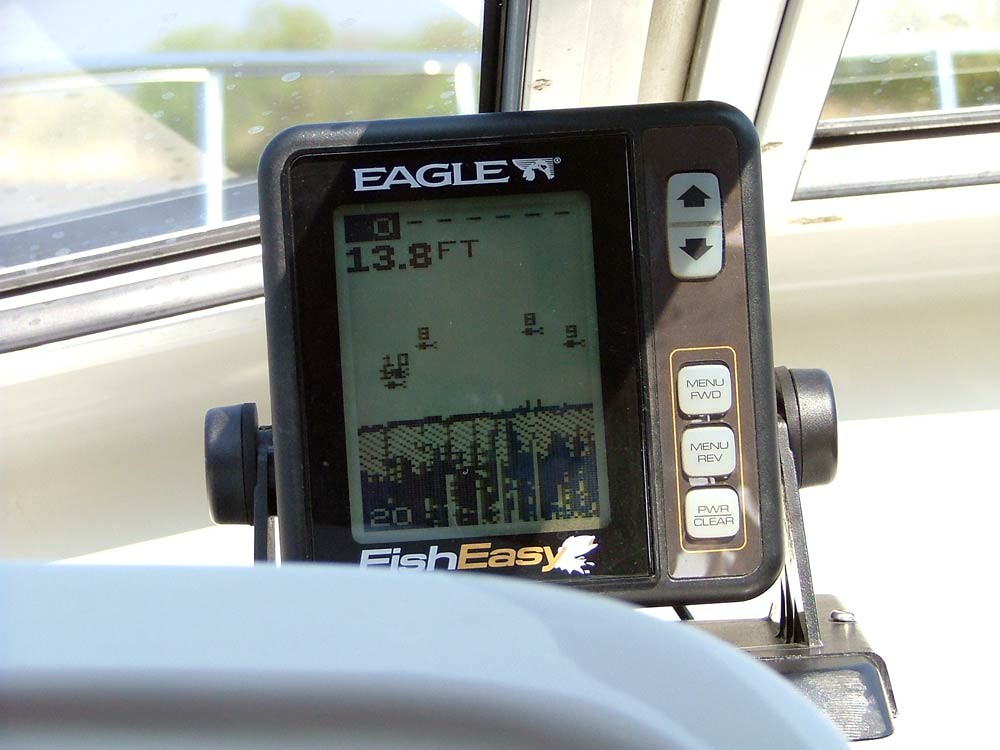
In remote wilderness, reliable navigation abilities can mean the difference between life and death. Always carry a detailed physical map and compass, and importantly, know how to use them effectively in various conditions. GPS devices provide valuable additional support, but should never be your only navigation tool as batteries fail and electronics can be damaged. Consider carrying a satellite communicator like a Garmin inReach or SPOT device that allows two-way communication and emergency signaling without cellular service.
Developing the skill to identify natural navigational markers—distinctive rock formations, mountain peaks, or water features—provides critical backup when technology fails or conditions limit visibility.
Creating a Wilderness First Aid Kit

A comprehensive wilderness first aid kit should be tailored to remote fishing environments and personal medical needs. Beyond standard supplies like bandages, antiseptic wipes, and pain relievers, include specialized items like hemostatic gauze for controlling severe bleeding, emergency dental repair kits, and prescription medications with extras in case of extended delays. Survival blankets, SAM splints for bone injuries, and a variety of wound closure methods (butterfly bandages, surgical glue, and suture kits) address serious injuries when medical help is distant. Include treatments specific to aquatic environments, such as jellyfish sting remedies for saltwater fishing or leech removal tools for freshwater locations.
Completing a wilderness first aid course is strongly recommended, as proper training on using these supplies dramatically increases their effectiveness in emergency situations.
Water Purification Methods
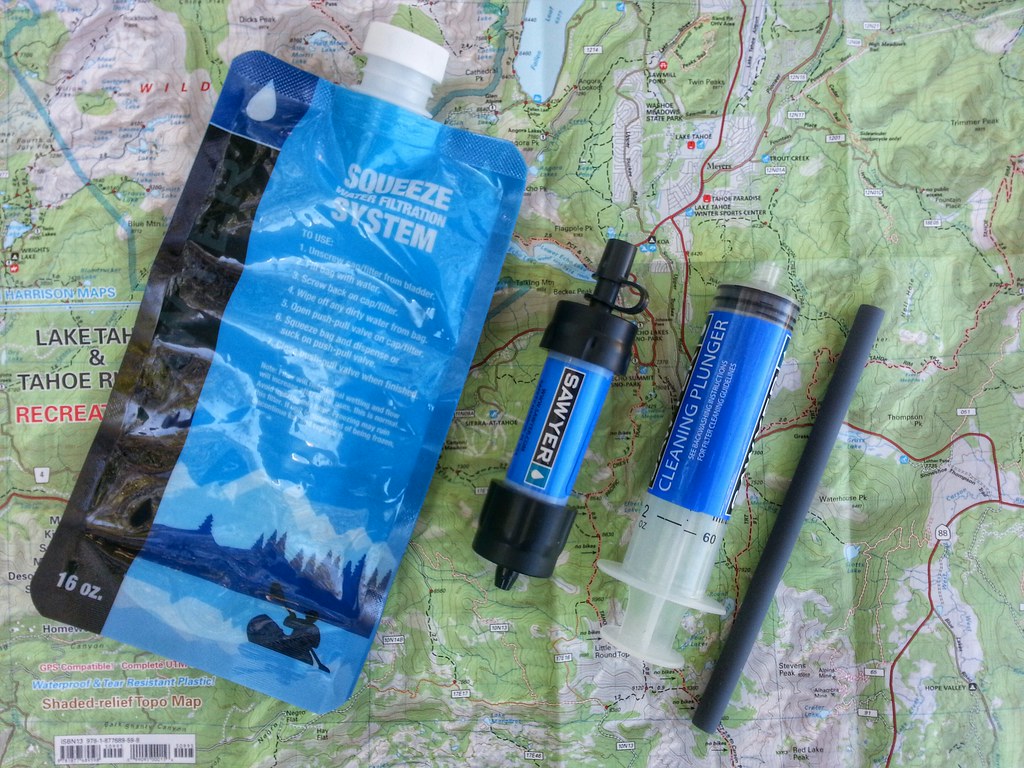
Access to safe drinking water is absolutely critical in wilderness settings, making reliable purification methods essential gear. Portable water filters like the Sawyer Mini or MSR Guardian provide immediate access to clean water from natural sources, removing bacteria and protozoa that cause illness. Chemical treatments such as chlorine dioxide tablets offer lightweight backup options that eliminate most pathogens given sufficient treatment time. Boiling water remains the most reliable purification method in wilderness settings, effectively killing all waterborne pathogens when brought to a rolling boil for at least one minute (adding an additional minute for every 1,000 feet above sea level).
When fishing in coastal areas, always pack a compact desalination device or know how to construct a solar still, as drinking untreated saltwater is never an option, even in dire circumstances.
Shelter and Protection from Elements

Exposure to extreme elements represents one of the most immediate threats in wilderness settings, making proper shelter essential even for day trips. Always pack an emergency bivy or space blanket that can prevent hypothermia in unexpected overnight situations or sudden weather changes. For multi-day expeditions, bring a lightweight tent or hammock system with appropriate weatherproofing for the specific environment you’ll be fishing in. Understand how to construct improvised shelters using natural materials and minimal tools when necessary, including debris huts, snow caves, or lean-tos appropriate to your environment.
Proper clothing layers following the “base, insulation, protection” system allows adaptation to changing conditions while preventing both hypothermia and hyperthermia, common dangers even in seemingly mild climates.
Fire Starting Techniques and Equipment
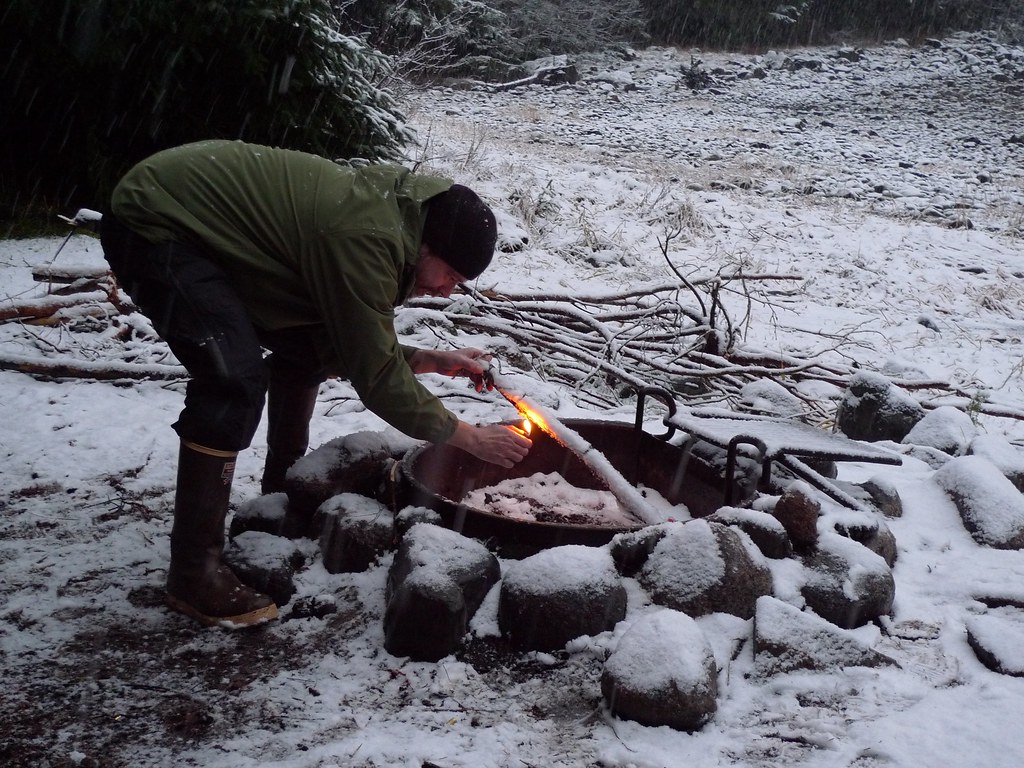
The ability to reliably create fire in wilderness settings provides warmth, food preparation capability, water purification, and significant psychological comfort. Carry multiple fire-starting methods including weatherproof matches, ferrocerium rods, quality lighters, and magnification lenses for sunny conditions. Understand how to identify and gather appropriate tinder materials in various environments, from birch bark and dried grasses to fatwood and cotton-based personal items. Master multiple fire-starting techniques suitable for different weather conditions, including wet-weather approaches like feather sticks and fire-starting pastes.
Practicing these skills before your trip ensures competence when fatigue, stress, or challenging conditions make the task more difficult in real emergency situations.
Appropriate Food and Nutrition Planning

Proper nutrition maintains energy levels, cognitive function, and body temperature regulation in demanding wilderness environments. Pack calorie-dense, non-perishable foods with balanced macronutrients, favoring items that require minimal preparation and generate little waste. Always pack at least one extra day’s worth of emergency rations, preferably items that don’t require cooking, such as energy bars, nuts, jerky, and dry fruit. Understand the nutritional value of edible plants in your fishing region, but only harvest what you can positively identify, as misidentification can lead to serious illness or death.
While fishing provides potential food sources, never rely exclusively on your catch for nutrition, as environmental factors and equipment failures can unexpectedly limit fishing success.
Wildlife Awareness and Safety
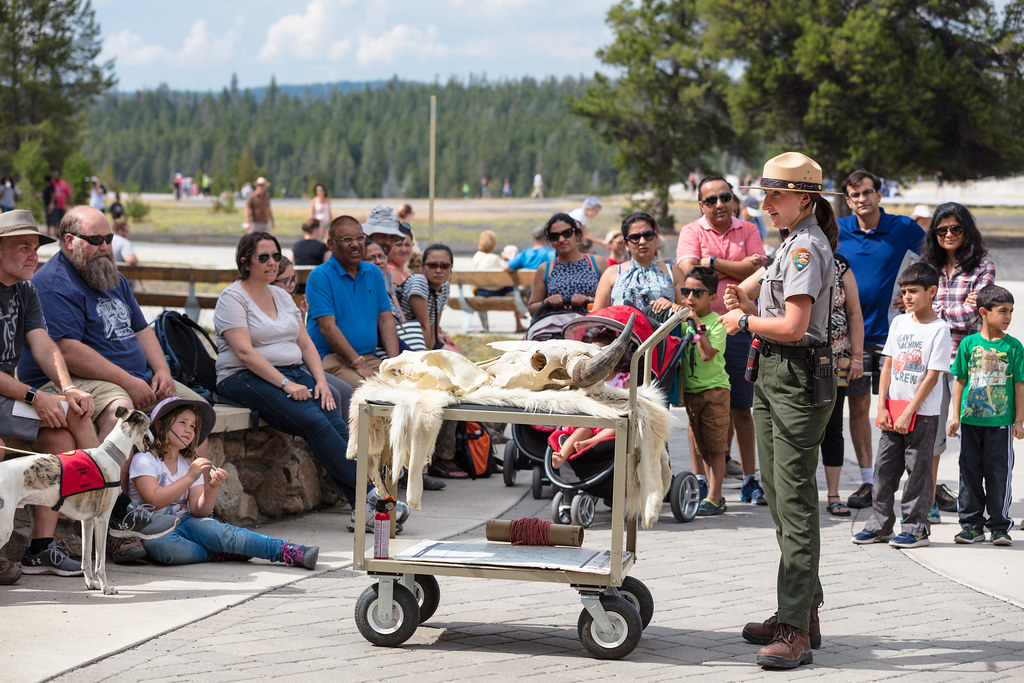
Wilderness fishing often places anglers in prime wildlife habitat, necessitating proper knowledge and preparation for encounters. Research the specific predators present in your fishing area and carry appropriate deterrents, such as bear spray in grizzly country or snake gaiters in regions with venomous reptiles. Properly store food using bear-resistant containers or hanging techniques to prevent attracting wildlife to your camp or fishing spot. Learn to recognize warning signs of territorial behavior in various species and understand proper response techniques—in some cases standing your ground is appropriate, while other situations call for slow retreat.
Remember that smaller creatures often pose greater statistical danger than large predators; insect-borne diseases and allergic reactions to stings frequently cause more wilderness emergencies than dramatic predator encounters.
Emergency Signaling and Communication
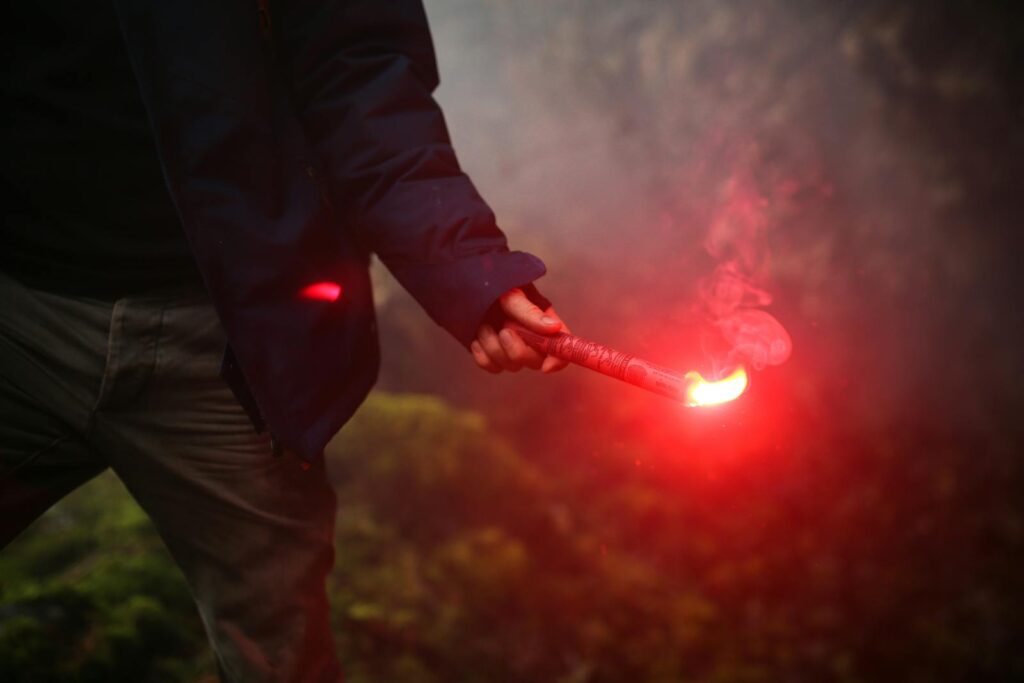
When emergencies occur in remote fishing locations, the ability to signal for help becomes paramount. Carry multiple signaling devices including a whistle (which carries much farther than the human voice), signal mirror, and high-visibility marker panel or fabric. Satellite communication devices like personal locator beacons (PLBs) provide the most reliable emergency notification system in truly remote areas, instantly transmitting your position to rescue authorities. Understand how to create ground-to-air signals using natural materials or contrast markers that can be spotted by search aircraft.
Practice using international distress signals, including the universal SOS (three short, three long, three short) which can be communicated through sound, light, or physical arrangements visible from above.
Weather Prediction and Response Skills
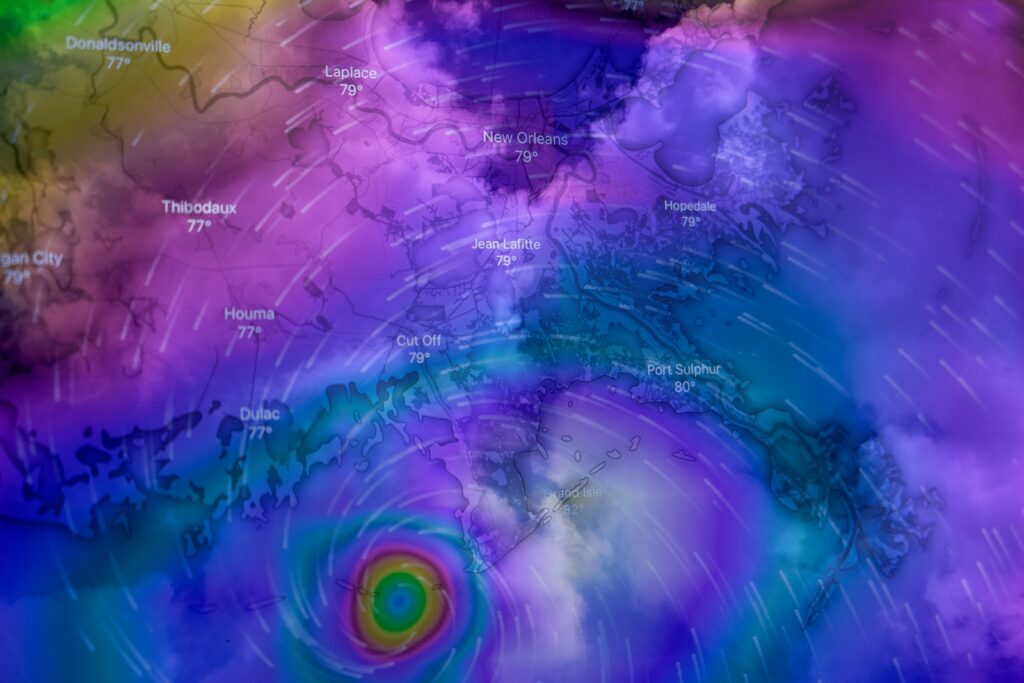
Developing the ability to read natural weather signs provides critical advantage in wilderness settings where forecasts aren’t available. Learn to recognize cloud formations that indicate approaching storms, particularly cumulonimbus clouds that signal potential severe weather. Understand how barometric pressure changes affect fishing success and can warn of incoming weather systems—many fishing watches and portable weather stations provide this information. Develop appropriate response plans for different weather emergencies, including lightning safety protocols (avoid water, elevated areas, and isolated tall objects) and flash flood awareness when fishing in canyon areas.
Remember that weather conditions in mountainous fishing regions can change dramatically within minutes, requiring constant awareness and readiness to implement shelter plans.
Specialized Fishing Safety Equipment

Beyond standard survival gear, remote fishing locations require specialized safety equipment specific to aquatic environments. When wade fishing, always wear a wading belt to prevent your waders from filling with water if you fall, which can create a life-threatening situation in cold water. Carry a compact personal flotation device when fishing from boats, kayaks, or in areas with deep water or strong currents. Consider fishing-specific emergency tools like line cutters that can quickly free you from entanglements and folding walking staffs that provide stability on slippery rocks or uneven bottoms. For anglers fishing in crocodile or alligator habitat, maintain increased shoreline awareness and carry specialized deterrent devices recommended by wildlife authorities in that specific region.
Physical Preparation and Fitness Considerations
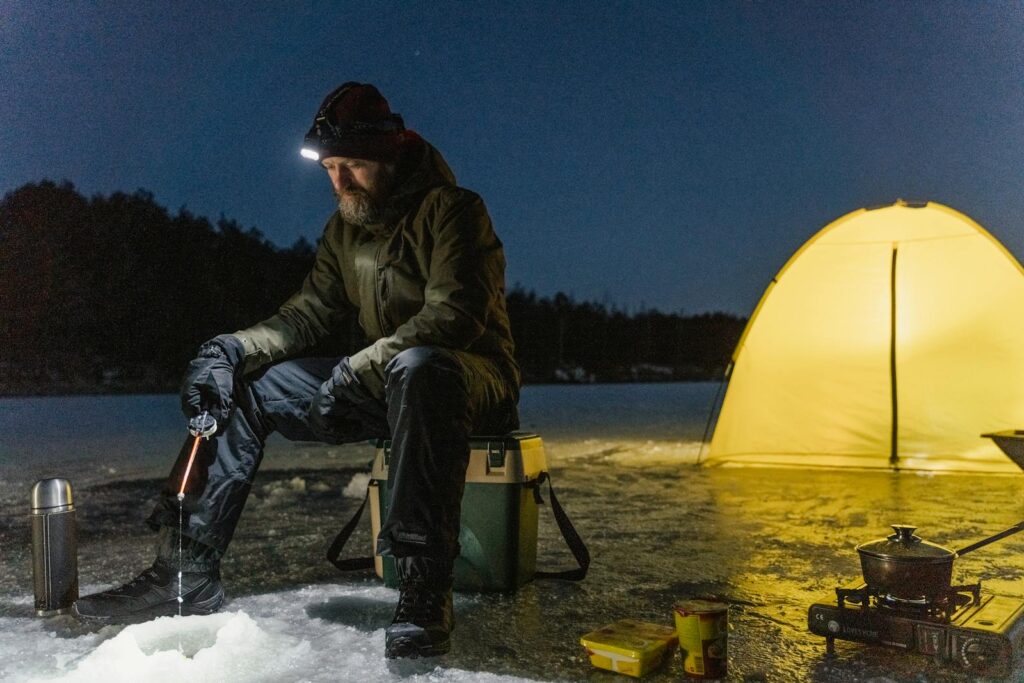
Remote fishing locations often demand significant physical exertion to access and navigate safely, making appropriate fitness preparation essential. Develop cardiovascular endurance through regular training that mimics the activities you’ll encounter, such as hiking with a loaded pack or paddling if accessing your fishing spots by water. Strengthen core and lower body muscles that provide stability on uneven terrain and support when carrying heavy gear over distance. Acclimate properly to high elevations when planning mountain fishing trips, allowing sufficient adjustment time before strenuous activity to prevent altitude sickness.
Remember that physical fatigue dramatically increases accident risk in wilderness settings, so honest assessment of your capabilities should guide trip planning and daily activity levels.
Mental Preparedness and Survival Psychology
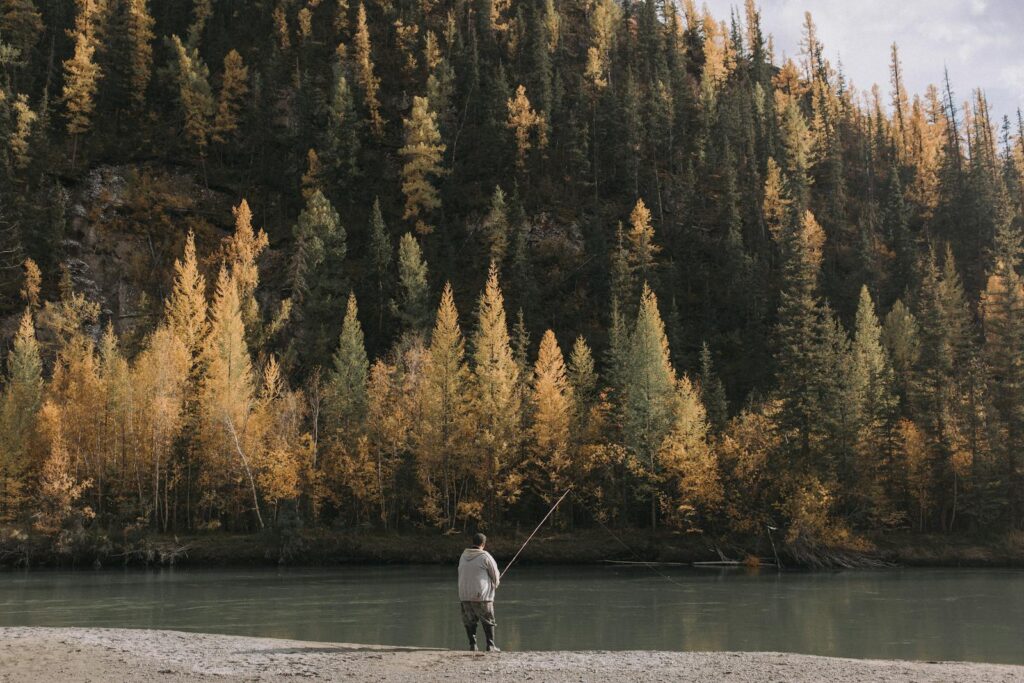
Perhaps the most underrated survival tool is a properly prepared mindset that remains calm and solution-focused during emergencies. Practice stress management techniques like controlled breathing and positive self-talk that can prevent panic in challenging situations. Understand the psychological stages typically experienced during survival scenarios, from initial shock and denial to acceptance and positive action. Develop realistic confidence through proper training and preparation rather than false bravado that leads to poor decision-making in wilderness settings.
Remember that maintaining a positive mental attitude significantly impacts survival outcomes, with research showing that survivors often attribute their success to psychological resilience more than specific physical skills or equipment.
Conclusion
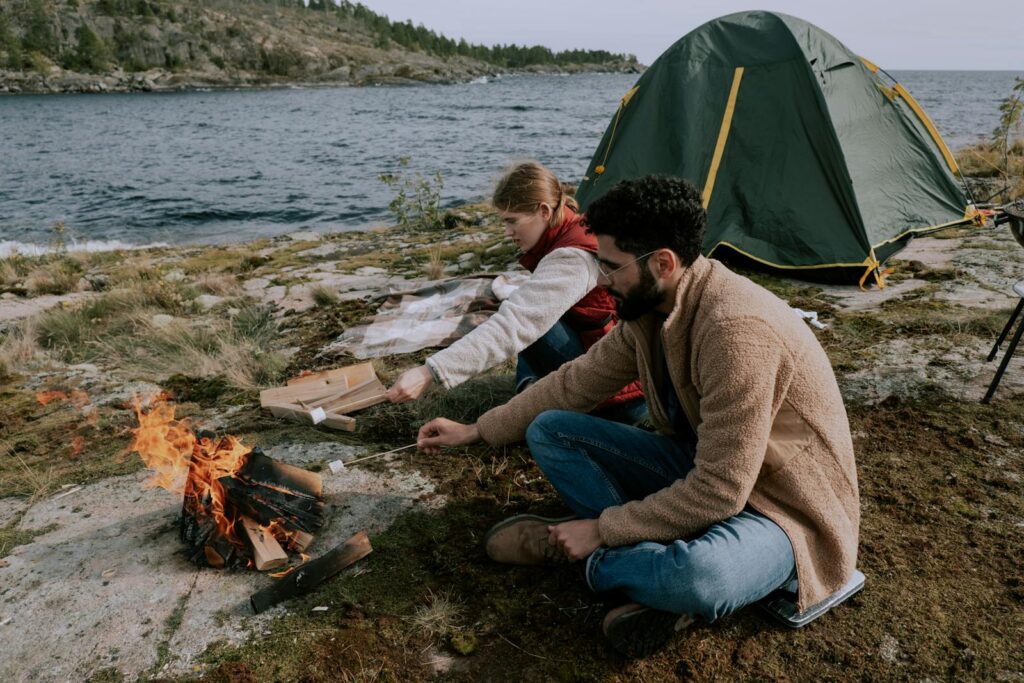
Remote fishing locations offer extraordinary experiences that connect anglers with wilderness in profound ways. However, these pristine environments demand respect, preparation, and self-reliance. By developing comprehensive survival knowledge, carrying appropriate equipment, and cultivating both physical and mental readiness, anglers can safely explore the most isolated fishing destinations while being prepared for unexpected challenges. Remember that the goal of wilderness survival preparation isn’t to create paranoia but rather confidence—the freedom to fully enjoy remarkable fishing experiences comes from knowing you’re ready to handle whatever situations might arise.
The wilderness offers its greatest rewards to those who approach it with both passion and preparation.
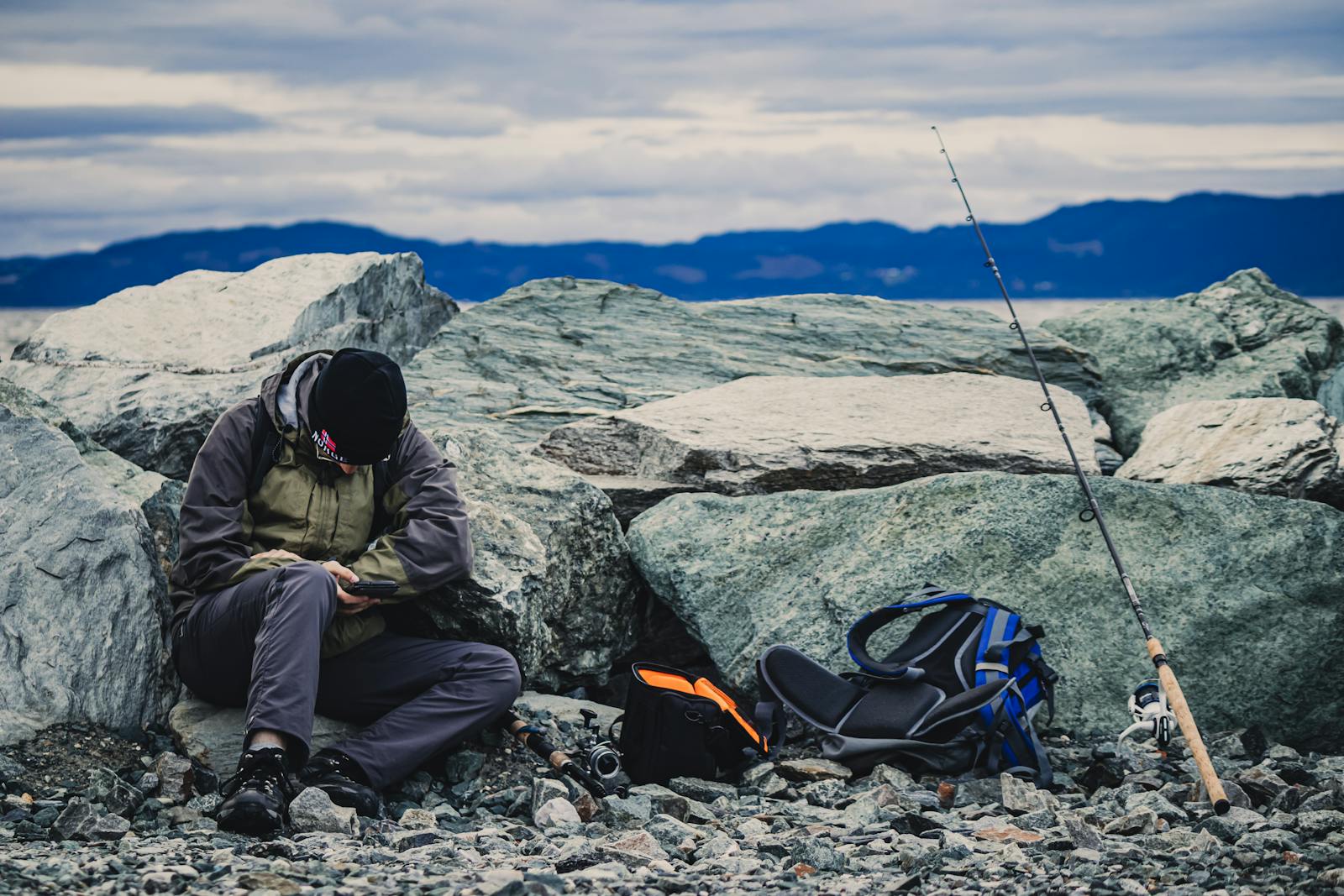
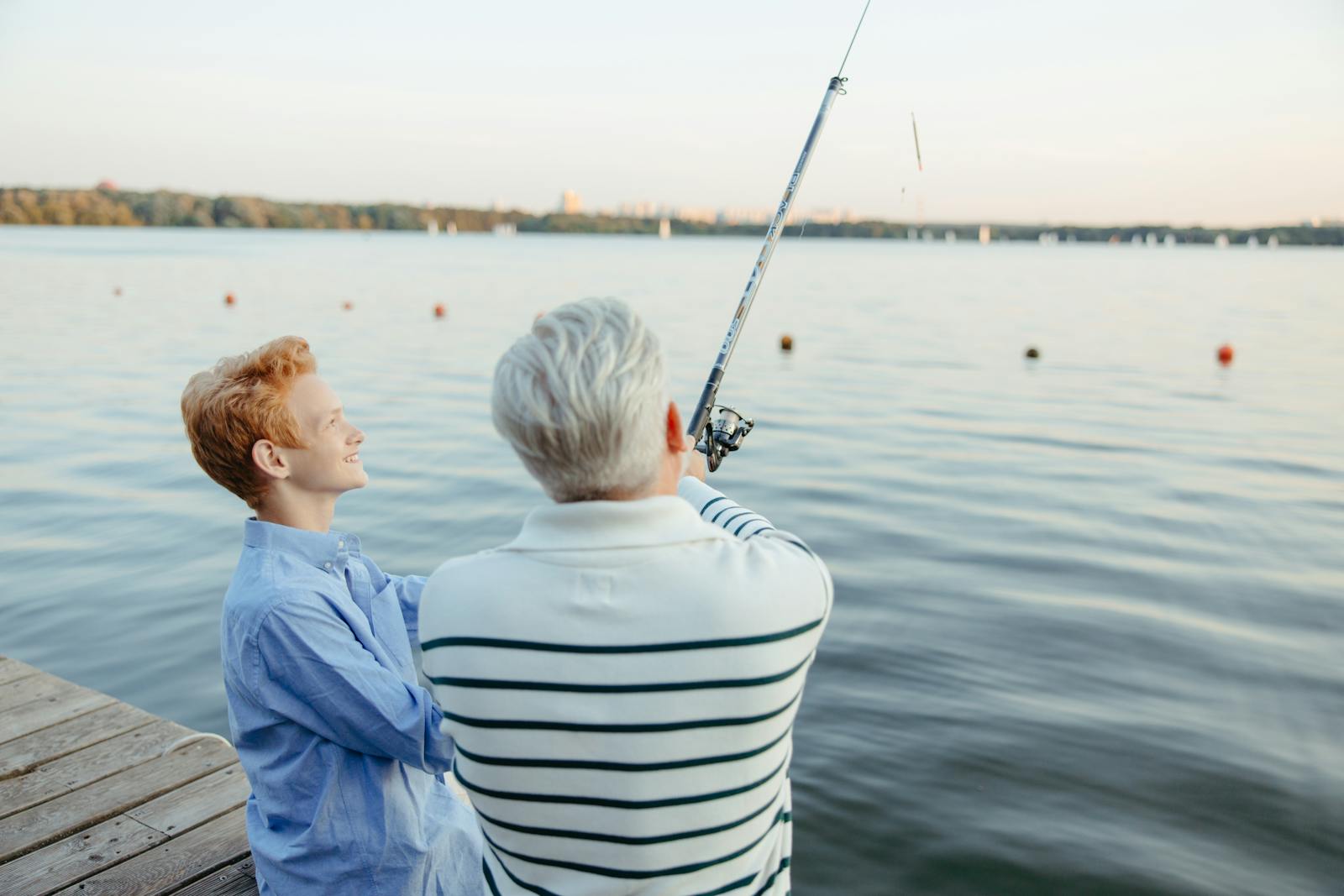











Post Comment